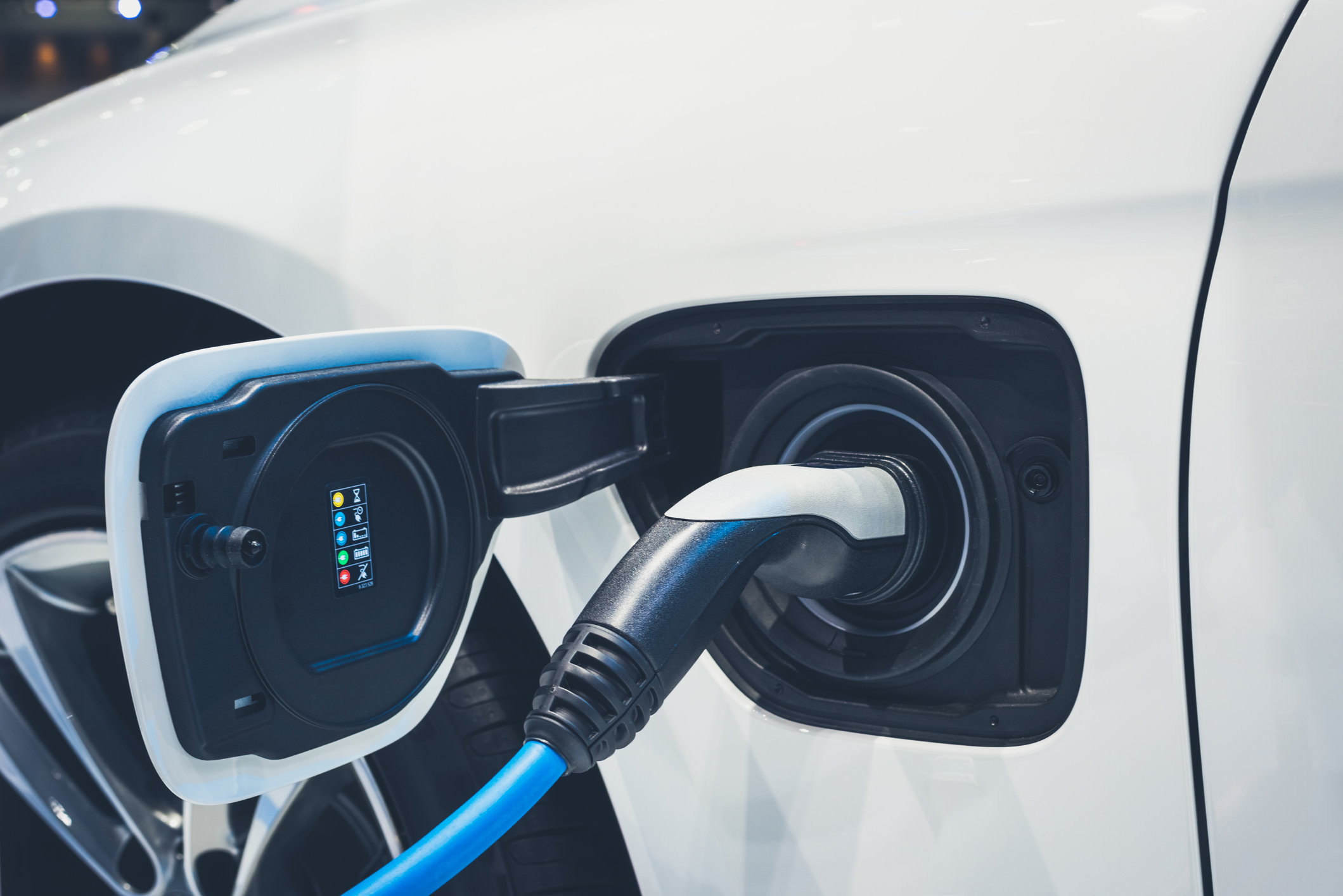
by Olga Bogdanova
Olga is part of the World Energy Council's Future Energy Leaders (FEL 100) program. She is working jointly with six other colleagues in the FEL 100 program, conducting the project 'Industry and Transport Transitions (ITT).' Explore other FEL 100 Market of Ideas projects.
The potential of deep urban transport electrification infrastructure
Transportation is one of the key fields in addressing the challenge of energy sustainability and quality of life. Vehicle-caused emissions are the main reason for air pollution in 400,000 cities around the world. 25% of all greenhouse gas emissions in the European Union come from the road transportation sector. If, 10 years ago, electric vehicles (EVs) were perceived as a unique product used mostly for experimental purposes, today, EVs are stepping into the life of each and every citizen of urban society. Together with improvements in public transport, EVs allow us to envisage emission-free urban transportation.
According to the IEA 2019 Global EV Outlook, the global stock of electric passenger cars passed 5 million in 2018, an increase of 63% from the previous year. According to the forecasts of the European Commission, around 440,000 publicly accessible recharging points will be needed by 2020, and some 2 million by 2025.
While Norway, China and the US globally lead the way in EV policy, some countries are at a starting point or do not have EVs on their roads almost at all (e.g., India, Brazil). An important factor in encouraging users’ interest in EVs is addressing the concern about limited battery load and lack of charging points on the way to their destination. At the same time, increase in the number of EVs as well as a more intensive switch from fossil-fuel powered cars to electric ones increases the pressure on the power network, which in some cases already lacks capacity during certain periods of the day. Moreover, EVs are usually the biggest user of electricity for a household.
Countries are facing a challenge of meeting the growing need for EV charging stations as well as the resulting capacity needs for a network. If 15% of the cars in the EU are electric in 2030, the demand for electricity would increase by approximately 95 TWh per year - more than the total electricity consumption in Finland today. As the EV market is at an early stage of development, charging services do not have sufficient stimulus for intensive investment, and are therefore developing slowly. Charging points in residential areas are comparatively cheap, however, fast chargers are much more cost intensive. Distribution system operators should ensure high network capacities to the charging service providers, but the time of its usage is relatively short for the fast return on investment.
Charging services choose the most cost-efficient location, paying attention to the systems available capacity and not just the most convenient location from the EV user’s point of view. In practice, it means that users must adjust to the networks capabilities rather than the network being adjusted to the users’ needs.
However, no single solution can resolve these concerns on smart EVs infrastructure development and insufficient trust of consumers. Instead, a package of coordinated initiatives ensuring a synergy should be provided. Highlighted below is an extract of ideas gathered from CEO roundtable discussions at the 24th World Energy Congress, roundtable discussions of high-level energy experts from Latvia, as well as individual interviews with professionals.
Smarter use of existing urban systems and active consumer involvement
The smarter use of existing urban systems could considerably improve the allocation of capacities in urban areas:
- The lighting system of cities that is in operation in the dark could offer its free capacities for the fast chargers during the daytime, ensuring a wider offer of charging services.
- Electrified public transport systems such as trolleybuses, metro and trams could be synergised with energy efficiency measures. Electric public transport consumes a lot of energy when commencing its movement, and gives back to the system a huge impulse when stopping. Accumulating this energy in the transportation unit (e.g.in the battery of the vehicle) could facilitate a smooth electricity demand and better manageable system operation.
- Smart capacity data dispatching systems could motivate people to use the chargers from parts of the city where, at a given moment, network is less loaded. The clients could have access to an online map displaying the real-time charging price through a user-friendly application.
- Local energy generation and charging infrastructure could be placed next to public service buildings and other objects. Cities could use the potential of renewable energy sources in decentralized generation, decreasing the network load. One such solution could be an installation of solar panels on hinged roofs of parking structures to ensure charging for cars during the day while people are in their offices.
EVs as prosumers
EVs could become active market participants not only consuming electricity when it is needed, but also giving it back to the network. The aggregation of technologies could match market interests by buying electricity from EVs when the system load and market price is high, and selling it during the cheapest possible time in order to even out the price curve.
A single public infrastructure data coordinator
Cities typically have different entities managing public infrastructure such as power transmission system operators, power distribution system operators, railway system operators, public transport operators, lighting system operators, geo information system operators, etc. Each has its own data exchange standards, IT solutions and confidentiality rules. Creation of a single state level coordinator of public data services could bring to light potential synergies between public service providers and opportunities for optimisation of energy consumption.
Improving infrastructure tariffs
The charging services market regulation is an important factor for potential investors and EV users, and, accordingly, reflects the broadness of available charging services. In instances where several companies offer charging services in one market, the application of roaming tariffs for charging should be prohibited. The motivation to apply higher tariffs to the user is usually moved by the attempts of the charging companies to keep their customers linked to certain charging points, therefore increasing the intensity of use of the charging equipment. At the same time, this eliminates the freedom of choice for the customer by artificially narrowing the charging services market. One of the solutions could be to reconsider the electricity system tariffs for the chargers, reducing dependancy on the efficiency use rate of capacities, but offering a fixed payment partly socialising the capacity costs.
Higher demand for infrastructure through corporate responsibility
While the EV market is just beginning to develop, the majority of EV users are business clients. Companies are buying EVs for use by employees travelling comparatively short distances within a city, as EVs usually have convenient benefits such as free parking and use of public transport lanes. Using EVs could also be further facilitated from a corporate responsibility point of view by showing a climate-friendly and environmentally responsible corporate attitude. Global corporate ratings focussing on sustainability and social responsibility could give additional advantages for the use of EVs.
Olga Bogdanova is the Deputy Chair of the Supervisory board of Power Transmission System operator of Latvia AS “Augstsprieguma tīkls”. She is the Director of Tax Administration and Society Interests Policy department at the Ministry of Finance. Olga holds Doctor Degree in Economics and works as an Associate Professor at Riga Technical University.
Olga is part of the Future Energy Leaders (FEL 100) program of the World Energy Council. Jointly with six other colleagues in the FEL 100 program she is conducting the project Industry and Transport Transitions (ITT).





_-80_result_688_387_s_c1_c_c.jpg)


